 |
Ultrasonic cleaning machine |
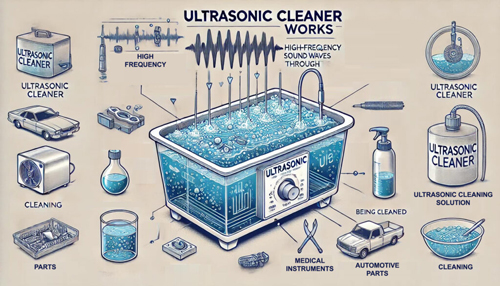 |
| How Does Ultrasonic Cleaning Work? Ultrasonic cleaning works through high-frequency sound waves transmitted through hot liquid to scrub and clean the surface of immersed parts. The high-frequency sound waves, typically 40 kHz, agitate the liquid solution of water such as US50, US40, US20 or solvent, and cause the cavitation of solution molecules. |
| Ultrasonic cleaning works through high-frequency sound waves transmitted through hot liquid to scrub and clean the surface of immersed parts. The ultrasonic wave make a cavitation of solution molecules on the workpiece surface then dirty stripping float or sink in the tank. This is reason why technician need change the chemical solution follow the recommendation so that it can scrub and clean the workpiece efficacy. |
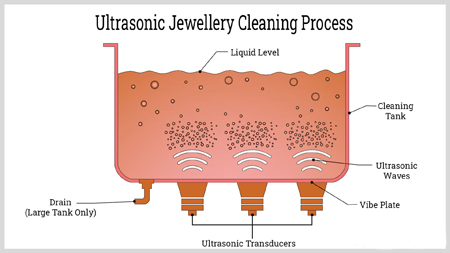 |
|
Industrial Ultrasonic Cleaning |
Ultrasonic cleaners are suitable for cleaning a wide variety of materials, including metals, glass, rubber, ceramics and some hard plastics. Also known as an ultrasonic cleaning machine, an ultrasonic parts cleaner is especially useful for removing tightly-adhered contaminants from intricate items with blind holes, cracks and recesses. Examples of contaminants removed through ultrasonic cleaning include dust, dirt, oil, grease, pigments, flux agents, fingerprints and polishing compound. |
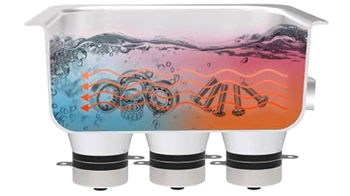 |
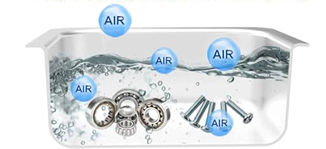 |
The fluid used in an industrial ultrasonic cleaner can be either water-based (aqueous) or solvent-based. Both types of cleaning solutions contain wetting agents (surfactants) to reduce surface tension and increase cavitation. Aqueous cleaning solutions are generally more limited in cleaning effectiveness but better for the environment than solvent cleaning solutions. |
|
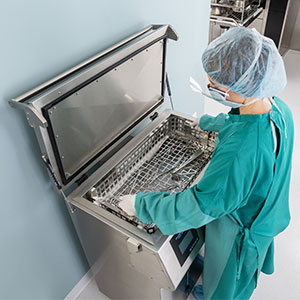 |
Our products, cleaner plus, are the detergents such as US50, US40, US20 that is water-based cleaning solution. |
In ultrasonic parts cleaning, the parts are typically placed in a basket or tray and then immersed in the ultrasonic cleaning tank. On occasion, parts may be racked and the rack is lowered into the tank. Items with blind holes may benefit from a rotating basket in an ultrasonic parts cleaner or ultrasonic cleaning machine. |
|
An ultrasonic cleaning machine is ideal for industries requiring precision cleaning, such as jewelry, watch parts, electronic devices, aerospace, bottle glass industry, medical device manufacturing, and automotive. Whether you’re cleaning surgical instruments, mould components, burner injection or engine components, an ultrasonic cleaning machine provides uniform, thorough cleaning without abrasive scrubbing or harsh chemicals. The high-frequency sound waves generated by the ultrasonic cleaning machine create microscopic bubbles that reach into crevices and blind holes, dislodging contaminants that manual cleaning can miss. |
 |
To maintain peak performance, it’s important to regularly service your ultrasonic cleaning machine. This includes changing the cleaning fluid, inspecting the transducers, and checking for wear on baskets or trays. A properly maintained ultrasonic cleaning machine not only ensures consistent results but also extends the life of your investment. Operators should be trained on safe handling of fluids and proper loading techniques to get the most from their ultrasonic cleaning machine in daily operations. |
| © thaicleaning.com Online. All rights reserved. |
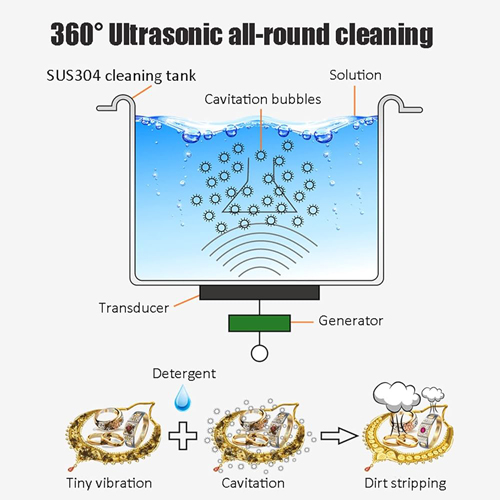
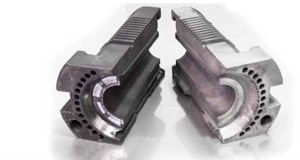
.jpg)